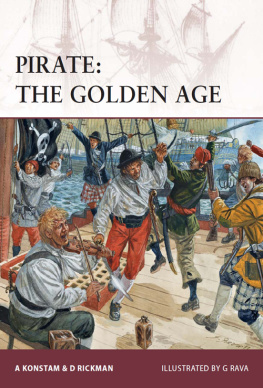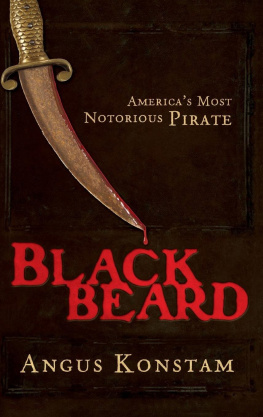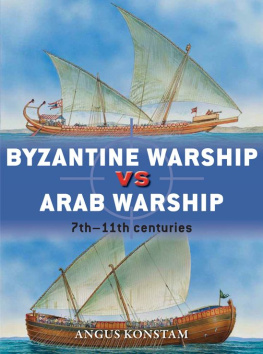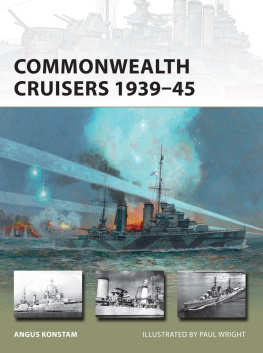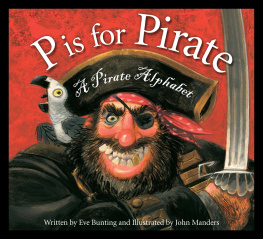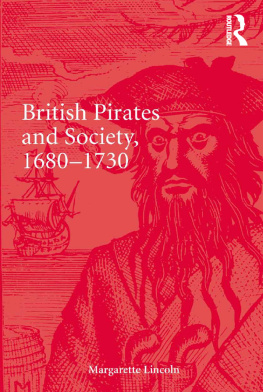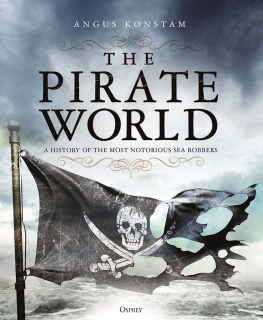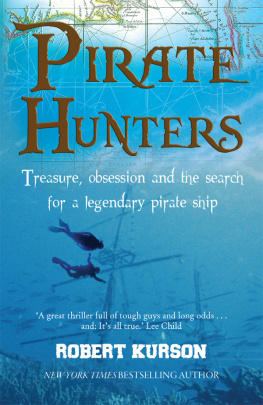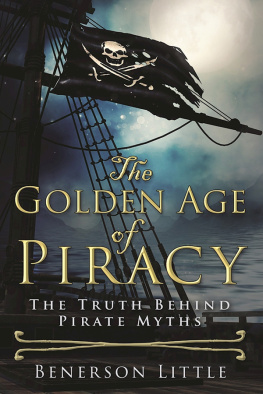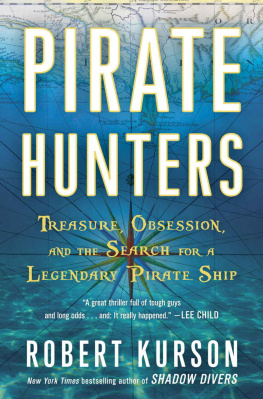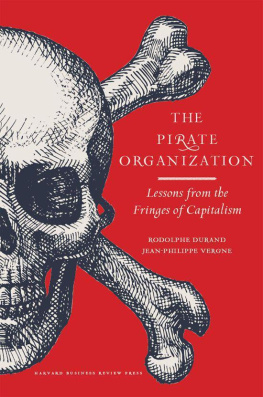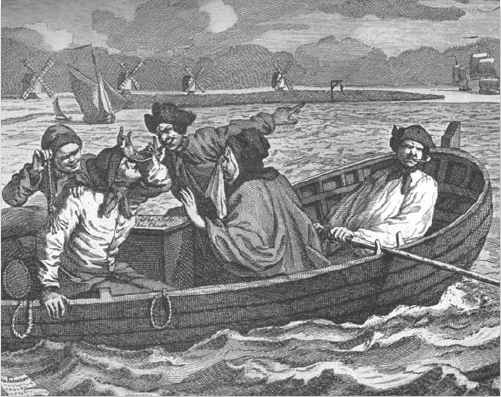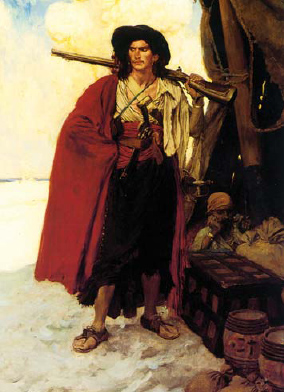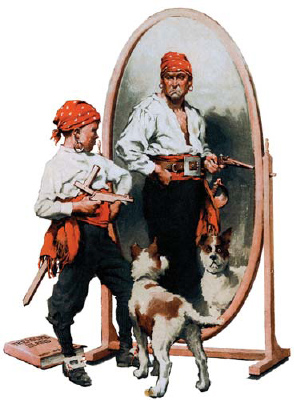WARRIOR 158
PIRATE: THE GOLDEN AGE
A KONSTAM & D RICKMAN
ILLUSTRATED BY G RAVA
Series editor Marcus Cowper
CONTENTS
PIRATE
THE GOLDEN AGE
INTRODUCTION
The term The Golden Age of Piracy is accepted by most pirate historians as a historical shorthand, although its chronological definition is loosely defined. The term itself was never used until the 1920s, when Rafael Sabatini penned the pirate novels Captain Blood and The Black Swan, which would later be adapted into swashbuckling films. The term was used with a sense of irony, as even Sabatini would admit that there was nothing romantic about piracy. It was, after all, merely a form of violent crime committed on the high seas. However, as a historical term, it serves the useful purpose of encompassing the great upsurge of piratical activity that took place during the first decades of the 18th century.
Some historians place it between the 1690s and the 1730s, but I favour a tighter historical span, a mere decade, from 1714 until 1724. Its end is marked by the publication of the mysterious Captain Charles Johnsons A General History of the Robberies and Murders of the Most Notorious Pyrates (referred to hereafter as A General History), which provided readers with a sensational account of the lives of some of the most notorious pirates of the previous decade, including Blackbeard, Bartholomew Roberts, and the female pirates Anne Bonny and Mary Read. This was the era when the most famous pirates in history made their mark, and where, from Johnson on, fiction began to draw away from fact. The aim of this book is to reveal as best we can the reality of pirate life and their appearance during this turbulent decade.
CHRONOLOGY
While not technically accurate, Howard Pyles brilliant illustrations, such as The Buccaneer was a Picturesque Fellow, almost single-handedly changed the worlds view of pirates by making them picturesque and romantic. This has coloured our perception of the pirate ever since.
Countless illustrators imitated Howard Pyle and the costumes he invented for pirates. Their work in turn inspired generations of children and adults. Therefore, the myths perpetuated by Pyle were reinforced.
| April | The Treaty of Utrecht ends Britains involvement in the War of the Spanish Succession (170114). |
| November | Benjamin Hornigold establishes a pirate base on New Providence in the Bahamas. |
| June | Spanish treasure fleet wrecked off eastern coast of Florida. |
| January | Henry Jennings launches raid on Spanish salvage camp. |
| September | Sam Bellamy leaves Hornigold and begins own cruise. |
| February | Bellamy captures the Whydah. |
| April | Stede Bonnet begins his cruise. The Whydah is wrecked off Cape Cod, and Bellamy is lost at sea. |
| June | Blackbeard leaves Hornigold and begins own cruise. |
| July | New Providence is now a major pirate base. |
| September | British government offers a pardon to pirates. |
| November | Blackbeard captures La Concorde, renaming it as Queen Annes Revenge. |
| May | Blackbeard blockades Charles Town (Charleston), South Carolina. |
| July | Governor Woodes Rogers establishes British rule in the Bahamas. |
| September | Blackbeard uses Ocracoke Island, North Carolina, as a base. |
| Stede Bonnet captured in Cape Fear River. |
| Howell Davis mutinies and turns pirate. |
| November | Blackbeard attacked and killed in battle off Ocracoke. |
| February | Richard Worley hanged in Williamsburg, Virginia. |
| March | Blackbeards crew hanged at Williamsburg. |
| April | Christopher Condent establishes a pirate base on St Marys Island, Madagascar. |
| May | Bartholomew Roberts joins Davis crew. |
| June | Davis killed on Principe, off West Africa. Roberts assumes command. |
| October | Roberts captures Portuguese treasure galleon off Bahia, Brazil. |
| November | Bonnet and his crew are hanged in Charles Town, South Carolina. |
| Walter Kennedy defects from Roberts crew and begins his own cruise. |
| March | Charles Vane hanged in Jamaica. |
| August | Jack Rackam, Anne Bonny and Mary Read begin their cruise. |
| Edward England captures East Indiaman in Indian Ocean. |
| October | Condent captures East Indiaman in Indian Ocean. |
| November | Rackam caught and hanged in Jamaica. His two female accomplices are spared execution. |
| Kennedy shipwrecked on western coast of Scotland. |
| January | Many of Kennedys crew are hanged in Leith, outside Edinburgh. |
| April | Thomas Anstis defects from Roberts and begins his own cruise. |
| England deposed and replaced by John Taylor. |
| May | George Lowther mutinies and begins his cruise. |
| July | Kennedy and his remaining crew are hanged in London. |
| November | Edward Low mutinies and begins his cruise. |
| February | Roberts is killed in battle with a Royal Navy warship, and his ships are captured. |
| March | Lowther disappears from the record; it is possible that he committed suicide. |
| April | Roberts crew are hanged at Cape Coast Castle, West Africa. |
| May | Taylor surrenders in Panama, and walks free. |
| Charles Harris and his crew are hanged in Newport, Rhode Island. |
| January | Low disappears from the record; it is possible that he was marooned by his crew. |
| May | Captain Charles Johnson publishes A General History. |
| November | John Gow mutinies and begins his cruise. |
| February | Gow is captured in Orkney. |
| June | Gow and his crew are hanged in London. His exploits are included in new edition of Johnsons A General History. |
RECRUITMENT
Becoming a pirate was not a straightforward business very few seamen of the early 18th century actually set out to be pirates. The usual way it happened was that seamen mutinied against their captain, were captured by pirates and elected to join them, or else found their way to a pirate haven and joined a crew. Probably the only exception was Stede Bonnet, the gentleman plantation owner from Barbados, who, suffering a mid-life crisis, bought his own sloop, hired a questionable crew, and so established himself as a pirate captain. For Bonnet, the allure was a romantic vision of piracy and an escape from the monotony of colonial life. He had the money, if not the skill, to indulge in his piratical fantasy, and ultimately he paid for his decision with his life.

